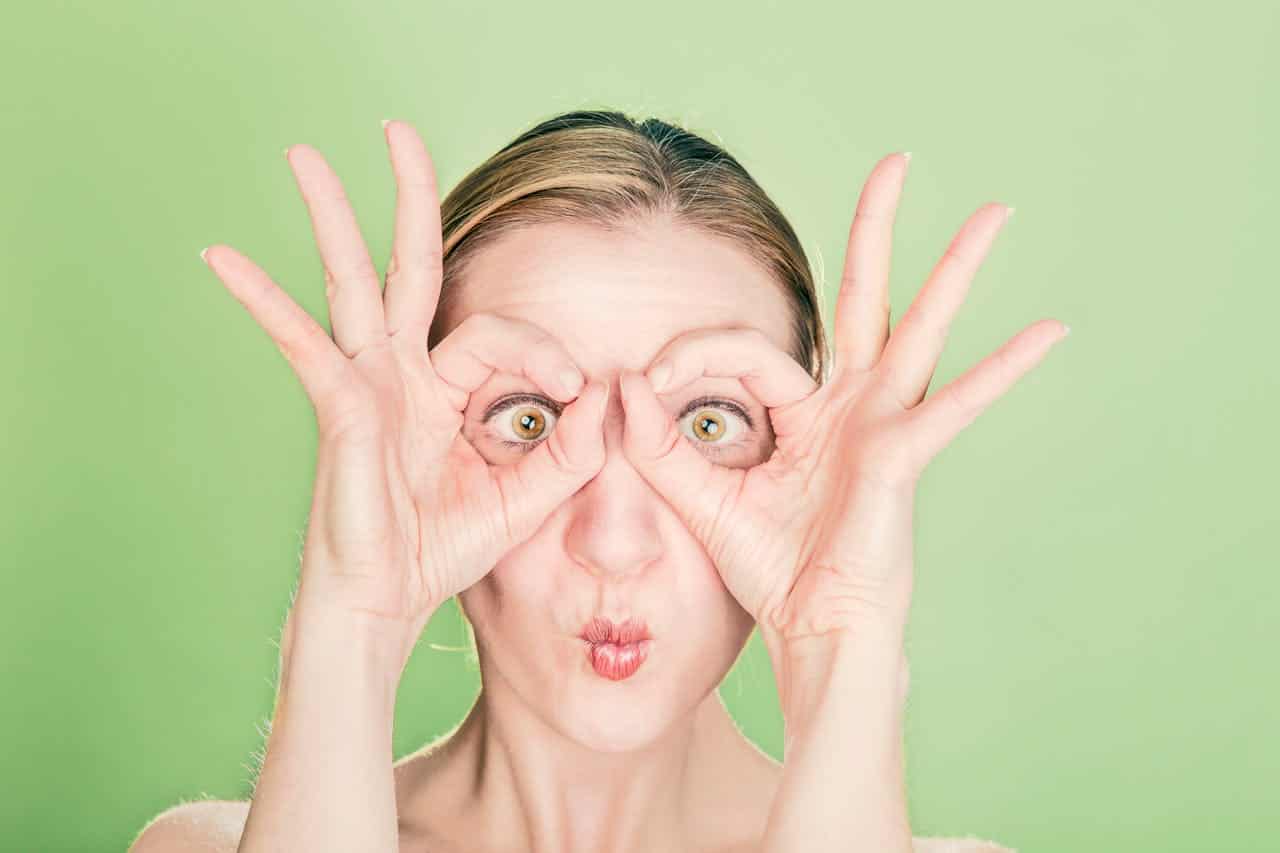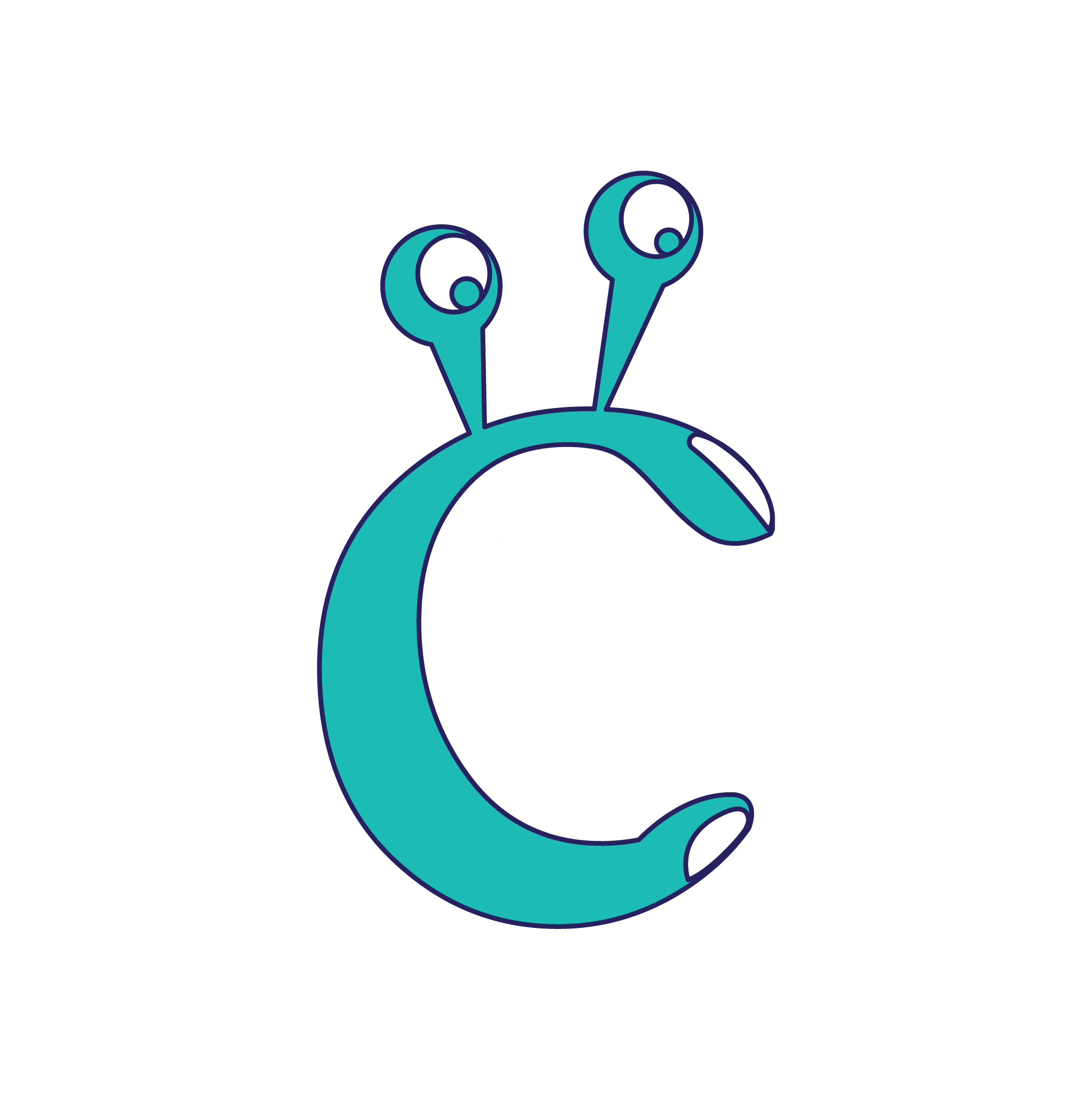
Deaf Humor: Understanding How Humor Shapes Deaf Culture & Identity
- Posted by Cicada Sign
- Categories Blog
- Date December 8, 2024
- Comments 0 comment
Laughter is a universal language, but within Deaf culture, humor takes on a unique and profound role. Beyond just entertainment, humor serves as a tool for storytelling, community building, and even advocacy. It reflects shared experiences, celebrates resilience, and fosters a strong sense of identity within the Deaf community.
In this blog post, we’ll dive into the power of Deaf humor—what makes it unique, how it shapes Deaf identity, and the vital role it plays in bridging the gap between Deaf and hearing communities.
The Uniqueness of Deaf Humor
Deaf humor is deeply rooted in visual and cultural expression. Unlike spoken humor, which often relies on wordplay or verbal timing, Deaf humor uses the rich, visual nature of sign language to tell stories, play on linguistic creativity, and express emotion. Facial expressions, body movements, and visual puns are central to Deaf humor, making it a vibrant and dynamic form of communication.
Key Elements of Deaf Humor:
- Wordplay in Sign Language: Deaf humor often includes visual puns and clever reinterpretations of signs, creating multi-layered jokes that resonate within the community.
- Facial Expressions: These are not just an enhancement in sign language—they’re an integral part of storytelling and humor, adding depth and emotion.
- Shared Experiences: Deaf humor frequently draws on universal challenges faced by the Deaf community, such as navigating misunderstandings with hearing people or poking fun at awkward situations related to communication barriers.
Humor as a Tool for Coping and Connection
For the Deaf community, humor is not just about laughter; it’s a way to connect with shared struggles and triumphs. It fosters solidarity, offers relief from challenges, and strengthens cultural bonds.
Real-Life Example:
Deaf comedians like Keith Wann and CJ Jones have paved the way for Deaf humor to be celebrated on larger stages. Their performances mix storytelling, cultural insights, and humor to entertain and educate both Deaf and hearing audiences. (Learn more about Keith Wann here and CJ Jones here.)
How Humor Bridges Gaps:
Humor can serve as a bridge between the Deaf and hearing worlds. Through humor, Deaf individuals can shed light on their lived experiences in a relatable and engaging way. Hearing audiences are often surprised by how much they can learn while laughing along.
Examples of Deaf Humor in Action
- Visual Wordplay: For example, the ASL sign for “coffee” can humorously resemble the action of stirring a cup, turning an everyday gesture into a shared cultural joke.
- Situational Humor: Deaf comedians often reenact scenarios like miscommunication with hearing people or playful interpretations of common signs. This humor highlights differences in perspective without alienating audiences.
The Role of Deaf Comedians
Deaf comedians play a critical role in bringing Deaf humor to the forefront. Performers like Nyle DiMarco, Deanne Bray, and Rathskellar have made tremendous contributions to showcasing Deaf culture through humor. Their work often dismantles stereotypes and fosters greater understanding of Deaf life.
Explore performances by:
- Nyle DiMarco’s activism and media appearances.
- Clips of Deanne Bray, an actress and advocate for Deaf representation in media.
Why Deaf Humor Matters
Deaf humor is much more than entertainment; it’s a celebration of identity, resilience, and shared experience. It provides:
- Empowerment: By laughing together, the Deaf community builds strength in its collective identity.
- Education: Humor offers an engaging way to teach hearing audiences about Deaf culture.
- Advocacy: Laughter can be a powerful way to challenge misconceptions and stereotypes.
Cicada Sign’s Perspective
At Cicada Sign, we celebrate the unique cultural elements that make the Deaf community vibrant and resilient. Humor, as a cornerstone of Deaf culture, not only enriches the community but also serves as a powerful tool for advocacy and connection. We believe in amplifying these voices, fostering understanding, and creating spaces for laughter and learning.
Humor is an incredible force that transcends barriers. For the Deaf community, it is a lens through which stories are told, identities are shaped, and connections are forged. By celebrating Deaf humor, we honor the creativity, strength, and cultural richness of this incredible community.
Let’s keep laughing together, building bridges between communities, one joke at a time.





